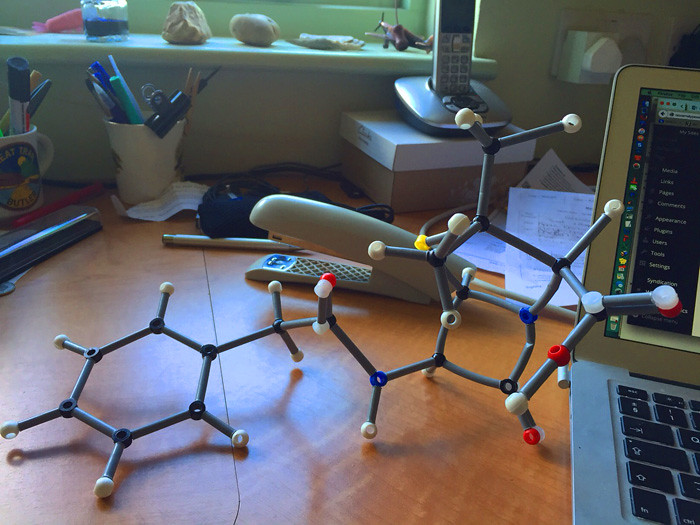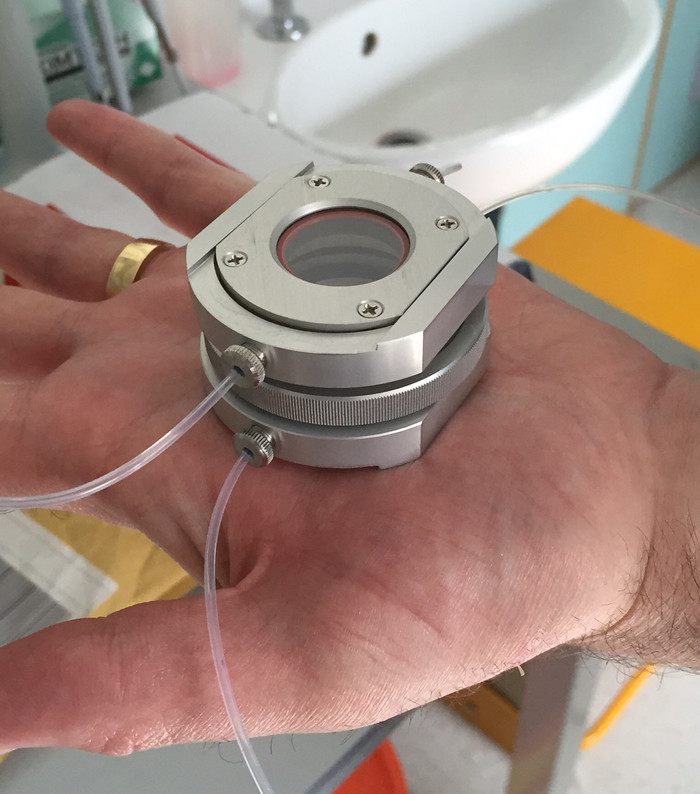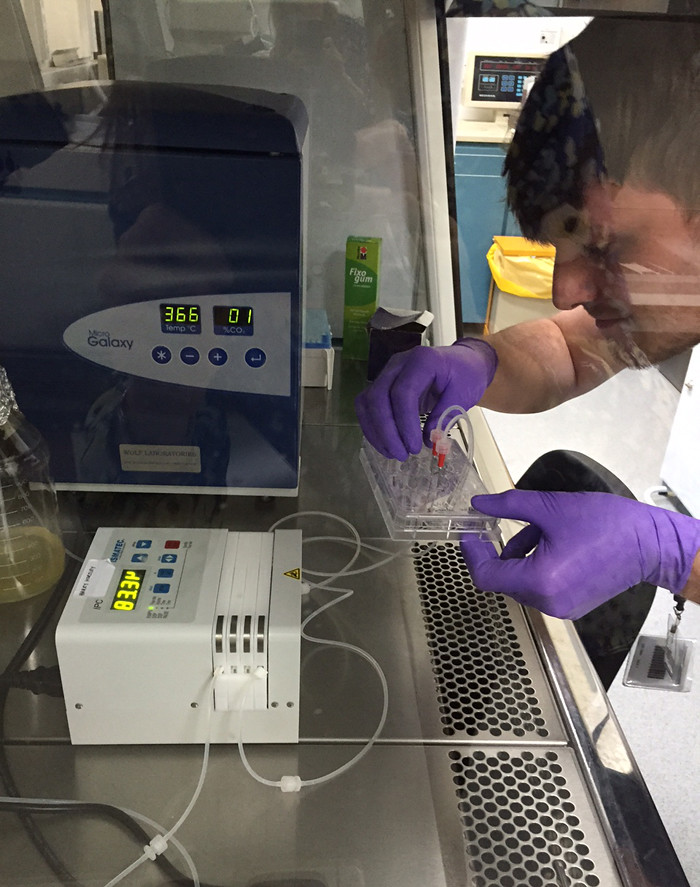Everyone’s a critic. But how good are people at taking their own medicine? Any why should writers strive to embrace and even welcome constructive criticism?

Total carnage: a ruthless editor attacks Draft 5 of my first novel, circa 1999
I got to thinking about all this last night at Fiction Lab, our monthly science novel reading group at the Royal Institution. We were discussing The Rosie Effect by Graeme Simsion, the less satisfying sequel to the bestselling debut The Rosie Project. (A third book is in the works, we understand, along with a Hollywood film starring Jennifer Lawrence as the eponymous irritable-but-sweet love interest.) The protagonist of these comic novels is geneticist Don Tillman, somewhere on the spectrum between socially awkward and “just a little bit Asperger’s”.
One thing I’ve learned by running Fiction Lab for the past seven years is that no one will ever agree about a work of fiction. Of the more than eighty novels we’ve analyzed over the lifetime of the book group, I can number on one hand those that were universally liked – The Housekeeper and the Professor; Cannery Row; Mendel’s Dwarf. Books that polarize opinion, on the other hand, are commonplace – we almost came to fisticuffs over Gravity’s Rainbow.
The most common criticism raised by the group is, “This book would have been brilliant with a little bit of editing/tightening up/shortening/shaping”. Presumably most books are indeed edited to some extent or another; and presumably editors themselves suffer from the same diversity of opinion that you see in readers: one man’s tortuous meander might be another’s delightful literary romp. Still, erring on the side of too many words is a frequent transgression: repeating what we already know; using too many adjectives and adverbs; filler scenes and characters that don’t bring a great deal to the table. The same verbosity invades many short pieces you read online these days. In my view, lack of space limitations bestowed by screen reading has not been good discipline for the art form.
As a writer, it is hard to accept criticism of your work. Many years ago when I first started writing professionally and getting severely subbed by editors, I used to feel a niggling of hurt, each suggestion a perceived slight. The process of dismantling a beloved polished whole and reshaping it into something better was, somewhere in the messy middle, a painful, emotional process. Later on, in becoming a professional editor, I was able to see the other side. Now, decades later, I have grown to relish criticism, to embrace it. If I give something to someone to read and they return it saying ‘fine, love it’, my heart sinks with disappointment. Where are the red marks, the scratchings out, the insightful suggestions? Nothing is beyond criticism, and nothing cannot be improved.
I think one of the biggest problems with the editing process is that editors are very good at flagging up what is wrong, but not all of them hit on the right solution. This happens frequently with newspaper and magazine subediting: the replacement sentence feels clunky, no longer like something you yourself might say. But the amateur error is to leap upon this as an ally to your cause and crow, “See, the editor is wrong, they’ve made it worse.” Actually, something probably was wrong or it would not have been flagged up in the first place. Scrutinize the original and see what caused the red flag; look at the clunky substitute sentence as a gift and rework it, or unravel the whole paragraph and start from scratch.
Another problem with editing, and writing in general, is that it is difficult to put your finger on what gives a piece that grace and movement that some people call ‘flow’ or ‘style’. Sure, there are obvious pitfalls: don’t use tortuously long sentences or paragraphs a reader has to re-read to understand. Avoid adverbs, use adjectives sparingly. Ruthlessly shave out words that are unnecessary: for example, instead of “I went to the shops so that I could buy a loaf of bread”, you could just say, “I went out to buy bread”. Avoid asides that add more clutter without adding anything to the argument. These are all easy pickings.
But what about the way the sentences move and interact? That’s not so easy to teach, or to achieve. Vary sentence structure, don’t repeat words or patterns (unless deploying a spot of anaphora), read it out loud to see if it plods – or sings. Content-wise, are you leading the reader along your argument in a logical way, or are you going back and forth between concepts with no rhyme or reason? Are your sentences more like lists than like a coherent narrative? When your reader reaches the end of a paragraph, are they yearning for more?
Everyone’s a critic. But decent, helpful criticism is hard to come by. Although I’ve been at the receiving end of a lot of professional editing, some of the most helpful advice I’ve received is from colleagues and friends, giving up their time freely to make my stuff better. You know who you are – and you have my sincerest thanks. Any time you want, let me return the favor.














